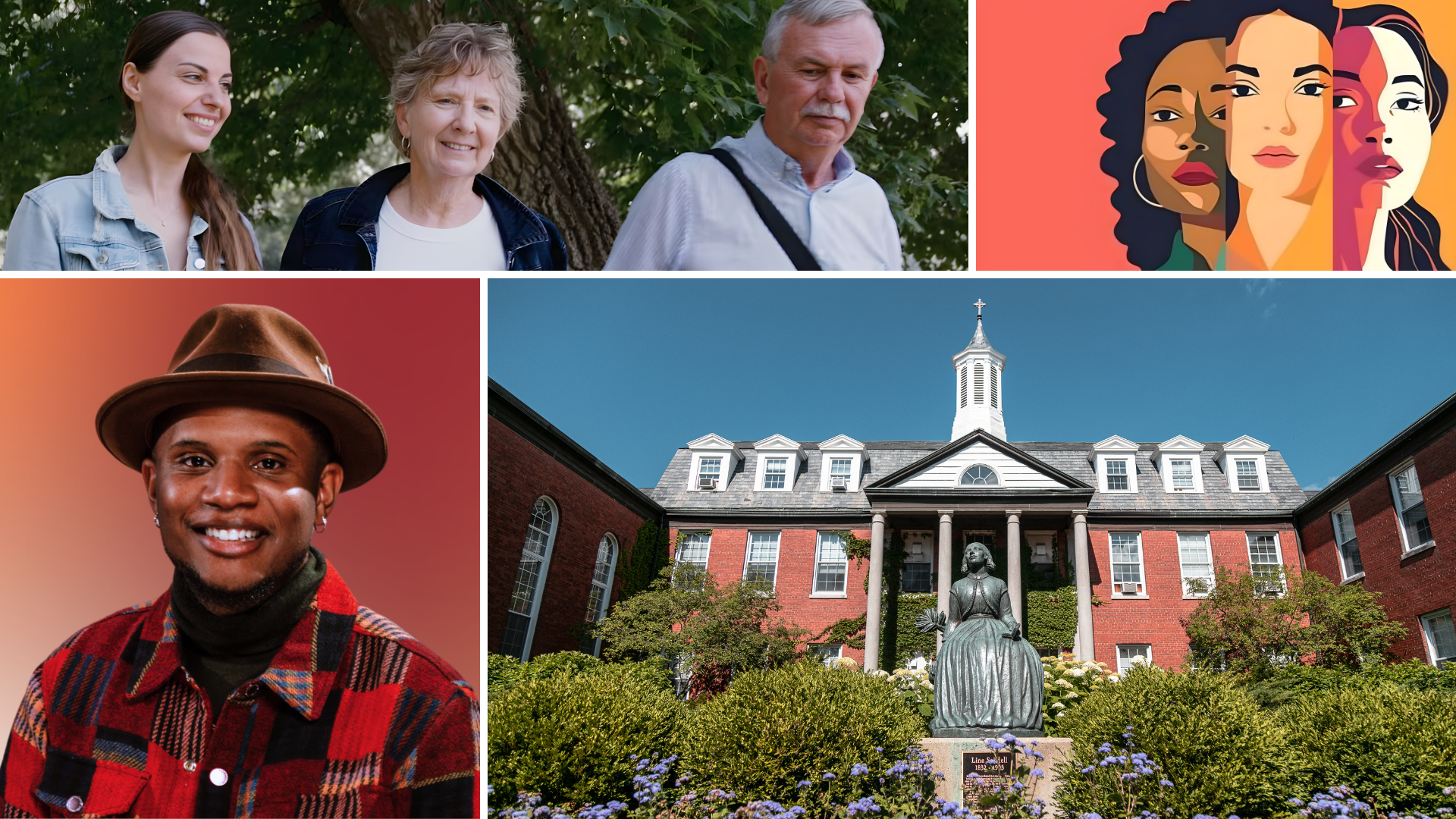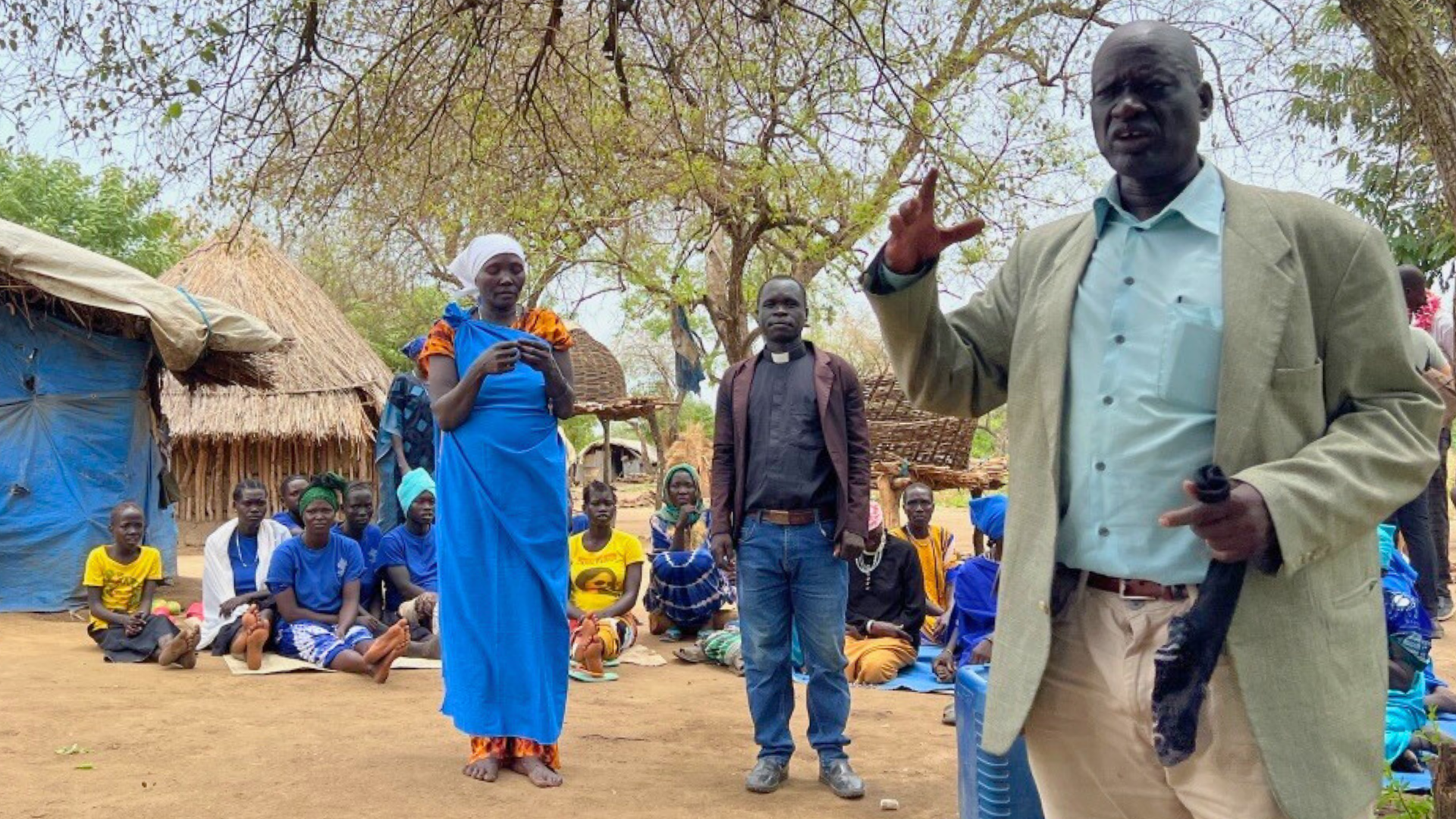By Stan Friedman
MISSION, TEXAS (July 29, 2014) — So far this year, nearly 60,000 unaccompanied children have made the perilous journey from Central America to the United States. That’s double the number in 2013, and officials expect the count to rise to 90,000 for the year. Additionally, thousands of families, most of whom consist of mothers with young children and infants, have made the same trek. The result is a humanitarian crisis that no one yet seems to have answers for.
Covenant News Service interviewed Dale Lusk, the executive director of Covenant Merge Ministries, a ministry of Serve Globally (formerly World Mission) that customizes mission trips for local churches traveling to sites in the United States and other parts of the world, including Central America and Mexico. Lusk lives in Mission, a border town on the southern tip of Texas which is centrally located between Laredo and Brownsville, where most of the crossings have occurred.
What are people in Mexico saying about the crisis?
Actually Mexico really doesn’t have much to do with the number of children and mothers with children giving themselves up to U.S. border patrol agents on the border. Mexico is just a conduit of the travel. Most of the children are coming from Central America, specifically from Guatemala, Honduras, and El Salvador.
What are your thoughts on what is leading all these children to make that journey?
I’ve heard people say that it is because there is an increase in violence in the countries the children and families are coming from. This is partially true. The violence has increased tremendously in the western edge of Guatemala, bordering Mexico, and some of the northernmost regions of Guatemala, which have been overrun by drug cartels fighting for control in the same way they’ve done in Mexico.
Honduras is considered the “murder capital of the world,” although I feel that is a ridiculous statement. Yes, violence in northern Honduras, especially around San Pedro Sula, is very bad. Much of that is a basic lawlessness that has erupted and which the government has not been able to stem. Statistics show Honduras to have the highest murder rate in the world, but in my opinion there is no way I’d feel safer in South Sudan, Afghanistan, or Iraq than in Honduras.
The economies of Guatemala and Honduras are really struggling. In Guatemala blight has destroyed coffee plantations, and agriculture there suffers from a lack of markets and capital to produce. Most people in Guatemala see their economic future bleakly, while about ten years ago there was amazing optimism there.
However, I don’t think that explains all of it. If violence was the reason, then we would see a huge number of Mexican families crossing the border, but that doesn’t seem to have changed much. If it was only economics, that might explain some of it, but the economies of Guatemala and Honduras are not a disaster—or not much more of a disaster than they have been in the past.
So what might be some other contributing factors?
I think the huge increase of children crossing is partially perpetuated like a flood. As the gates open, the flood gets stronger and stronger. As people hear about others going, they themselves get the courage to go. The floodgates have opened, not by any specific circumstance, but just because everyone knows now that you can go to the United States, give yourself up, and the U.S. government will look for your relatives and try to work things out.
How long has this been happening?
Most Americans are hearing about this for the first time, because of huge media and political attention, but this has been going on for years. Although the numbers have increased dramatically, this situation is not new. The difference is we now know the Border Patrol can’t handle it.
More than 10 years ago a friend took me to where she did pro bono advocacy for immigrant children who crossed the border alone. The day I went to the court in Harlingen, Texas, there were 70 children from Central America crammed in a room sitting on the floor. Some had shoes and others didn’t. Some had torn clothes. All were completely quiet and sat still as my friend, a judge, and a prosecuting attorney worked together to decide the fate of all 70 children.
As I found out, the goal was primarily to find relatives of these children in the U.S.A. and unite the children with them. If no relatives were found, the goal was to reunite the children with their families in Central America as soon as possible. The compassion of the judge and prosecuting attorney was extraordinary to me. I had not known our courts to be so kind to so many.
The problem is now instead of 70 kids there are 700 each day. Our system just can’t handle it.
The issue seems much more complicated than just saying we should act humanely.
Herein lies the problem. Do you pour in billions of dollars to increase housing capacity in the holding locations? Right now hotels all over the Rio Grande Valley are being turned into housing facilities for these children and youth.
Or do we make stricter rules, and turn the kids and youth and moms away at the border, leaving them to their fate in violent northern Mexico? Many would not make it alive. Do we stop looking for their relatives and send them via ICE Air (a carrier operated by Immigration and Custom Enforcement) back to Central America? How much will that cost?
If people hear the risk of sending their kids north has almost no good outcome to it, I think the tide will stem eventually. However, is that humane? Is that what Jesus would do?
What will happen if the children are sent back?
If the children are sent back to their respective countries I am convinced that they will go home and stay there. If they are sent across the border into Mexico, they will cross again.
What are Central American churches doing to help?
I personally have not heard any of the Central American churches or ministries we work with talk about this issue. All around them are cases of poverty and struggle. This is a daily thing for them. The fact that children and families are traveling to Mexico and then the U.S.A. is a fact of life for them.
Especially in Honduras people talk about how great it would be to live in the U.S.A. For those who have relatives living in the U.S.A., it is often the ultimate dream.
Do you know any families who have sent their children to the United States?
I personally don’t know of any families who have sent their children north alone, but I know plenty of people who have family members who have traveled north and live in the U.S.A. both legally and illegally. From their perspective they don’t see anything wrong with it. The U.S.A. has plenty of resources, so why not share with those in need?
How can Covenanters in the United States respond?
I am not sure what the Covenant can do at this point for the short term. Much of the housing and food issues are being dealt with on a government level. Churches are supplying clothes, shoes, and laundry for the families and children.
Some long-term solutions would be:
1. For the Covenant to develop drug-rehab addiction programs to reduce the number of Americans purchasing drugs, which leads to violence in these countries between drug cartels.
2. To work with Covenant World Relief to support development programs, like microloan programs, agricultural programs, education development, and more in Central America.
3. To support programs to help streamline ways children and youth can be united with family members living in the U.S.A.
4. To support programs supplying immediate needs of the children, youth, and mothers being helped in detention.
This interview was conducted by email and expresses Dale Lusk’s perspective. It does not necessarily reflect the views of Covenant News Service or the ECC.













